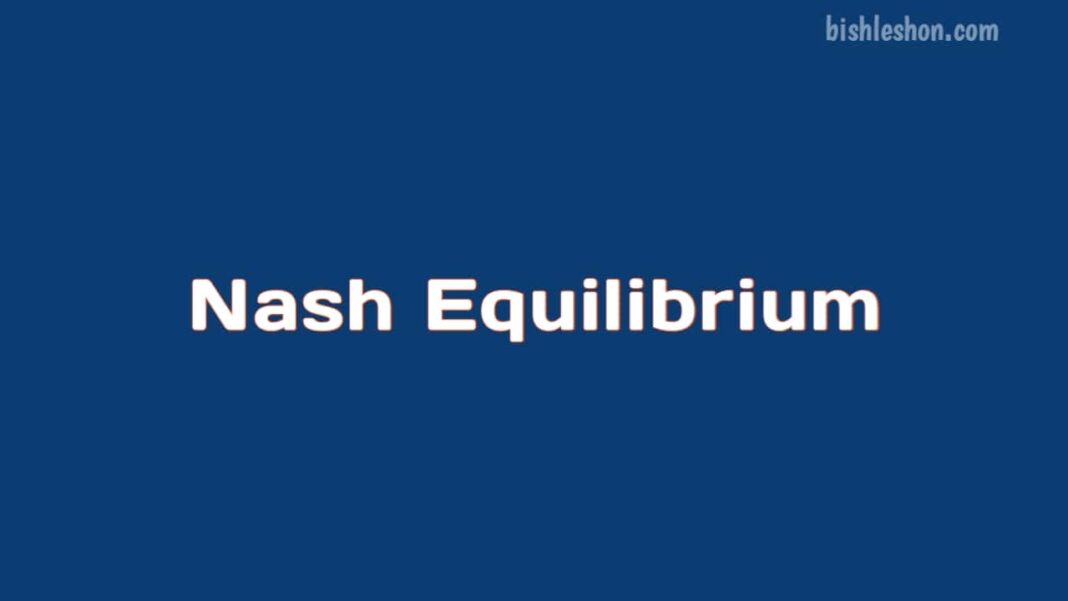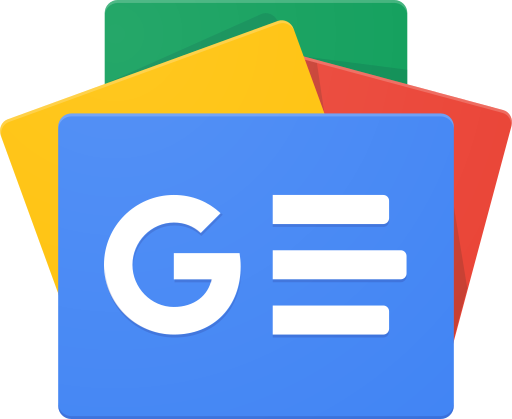Game theory is a branch of economics that is concerned with the study of strategic behavior in different economic situations. It involves the analysis of decision-making in situations where the outcomes depend not only on the individual’s actions but also on the actions of others. One of the most important concepts in game theory is Nash Equilibrium, which is a solution concept that helps us to determine the optimal strategies for players in a game. This article provides an introduction to Nash Equilibrium, its applications in various economic situations, and how it can be used to analyze strategic behavior.
Table of contents
What is Game Theory?
Game theory is a mathematical tool used to analyze strategic behavior in different economic situations. It involves the study of interactions between two or more decision-makers, known as players, who must make decisions based on the actions of other players. The players are assumed to be rational and to act in their best interests.
Game theory is used to analyze a wide range of economic situations, from oligopolistic competition to bargaining and auctions. It is also used in other fields, such as political science, psychology, and biology.
Definition and Concept of Nash Equilibrium
Nash Equilibrium is a solution concept in game theory that helps us to determine the optimal strategies for players in a game. It is named after John Forbes Nash Jr., a mathematician who developed the concept in his PhD thesis in 1950. John Forbes Nash Jr. is the father of Nash Equilibrium; he won the Nobel Prize in Economics for this theory.
In a game, players choose strategies based on the payoffs they expect to receive from each possible combination of strategies. A Nash Equilibrium is a set of strategies where each player’s strategy is the best response to the strategies chosen by the other players.
More formally, a Nash Equilibrium is a set of strategies (one for each player) where no player can increase their payoff by unilaterally changing their strategy, given the strategies of the other players. In other words, in a Nash Equilibrium, each player’s strategy is optimal given the strategies of the other players.
To illustrate Nash Equilibrium, consider the classic example of the prisoner’s dilemma. In this game, two suspects are arrested and held in separate cells. They are given the opportunity to confess or remain silent. If both confess, they both receive a sentence of 5 years in prison. If both remain silent, they both receive a sentence of 1 year in prison. If one confesses and the other remains silent, the one who confesses receives no sentence and the other receives a sentence of 10 years in prison.
The prisoner’s dilemma has two Nash equilibria: both confess and both remain silent. If one prisoner confesses, the other prisoner’s best response is also to confess, which leads to a payoff of 5 years in prison for both. If both prisoners remain silent, the best response for each player is also to remain silent, which leads to a payoff of 1 year in prison for both. Thus, both outcomes are Nash equilibria.
Applications of Nash Equilibrium
Nash Equilibrium has many applications in economics, from oligopolistic competition to bargaining and auctions. In oligopolistic competition, firms must decide on their pricing strategies based on the pricing strategies of their competitors. Nash Equilibrium can be used to determine the optimal pricing strategies for each firm.
In bargaining, Nash Equilibrium can be used to determine the optimal strategies for each party involved in the negotiation. In auctions, Nash Equilibrium can be used to determine the optimal bidding strategies for each bidder.
Nash Equilibrium can also be used to analyze other economic situations, such as voting, social dilemmas, and public goods. In voting, Nash Equilibrium can be used to predict the outcome of an election based on the voting strategies of the candidates. In social dilemmas, such as the tragedy of the commons, Nash Equilibrium can be used to analyze how individuals will act in a situation where their self-interest conflicts with the interest of the group. In public goods, Nash Equilibrium can be used to analyze how individuals will contribute to the public good, such as by paying taxes or contributing to a charity.
Criticisms of Nash Equilibrium
While Nash Equilibrium is a useful tool for analyzing strategic behavior, it has been criticized for its limitations. One criticism is that it assumes that players have complete information about the game and the strategies of the other players. In reality, players often have incomplete information and must make decisions based on incomplete information.
Another criticism is that Nash Equilibrium does not always lead to the best outcome for all players. In some cases, a non-Nash Equilibrium outcome may lead to a better outcome for all players. For example, in the prisoner’s dilemma, if both prisoners remain silent, they both receive a lower sentence than if they both confess.
Finally, Nash Equilibrium assumes that players are rational and act in their best interests. In reality, players may not always act rationally or in their best interests. For example, players may be motivated by emotions or may have a sense of fairness that influences their decisions.
Conclusion
Nash Equilibrium is a solution concept in game theory that helps us to determine the optimal strategies for players in a game. It has many applications in economics, from oligopolistic competition to bargaining and auctions. While Nash Equilibrium is a useful tool for analyzing strategic behavior, it has been criticized for its limitations, such as assuming complete information and rational behavior. Despite these limitations, Nash Equilibrium remains an important concept in game theory and economics.
Bibliography
- Binmore, K. (2007). Game theory: A very short introduction. Oxford University Press.
- Dixit, A. K., & Nalebuff, B. J. (1991). Thinking strategically: The competitive edge in business, politics, and everyday life. W.W. Norton & Company.
- Kreps, D. M. (1990). Game theory and economic modelling. Oxford University Press.
- Nash, J. F. (1950). Equilibrium points in n-person games. Proceedings of the national academy of sciences, 36(1), 48-49.
- Osborne, M. J., & Rubinstein, A. (1994). A course in game theory. MIT press.
- Shoham, Y., & Leyton-Brown, K. (2009). Multiagent systems: Algorithmic, game-theoretic, and logical foundations. Cambridge University Press.



 For all latest articles, follow on Google News
For all latest articles, follow on Google News